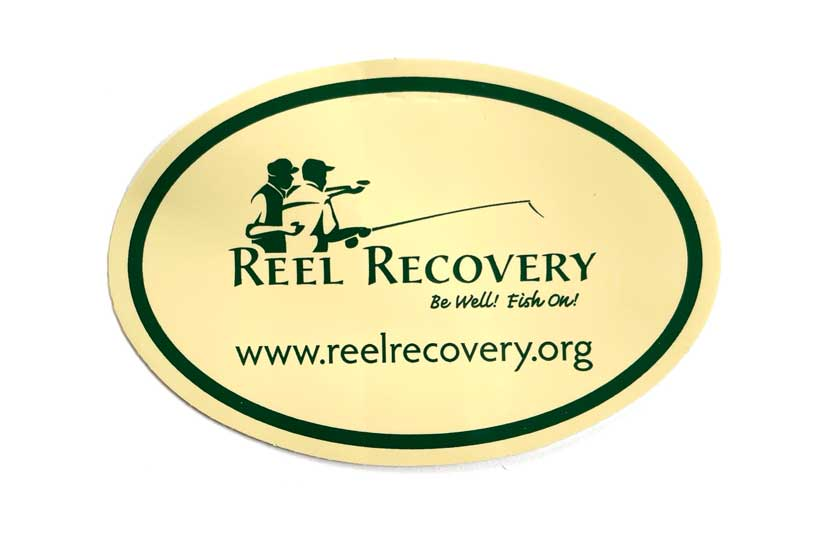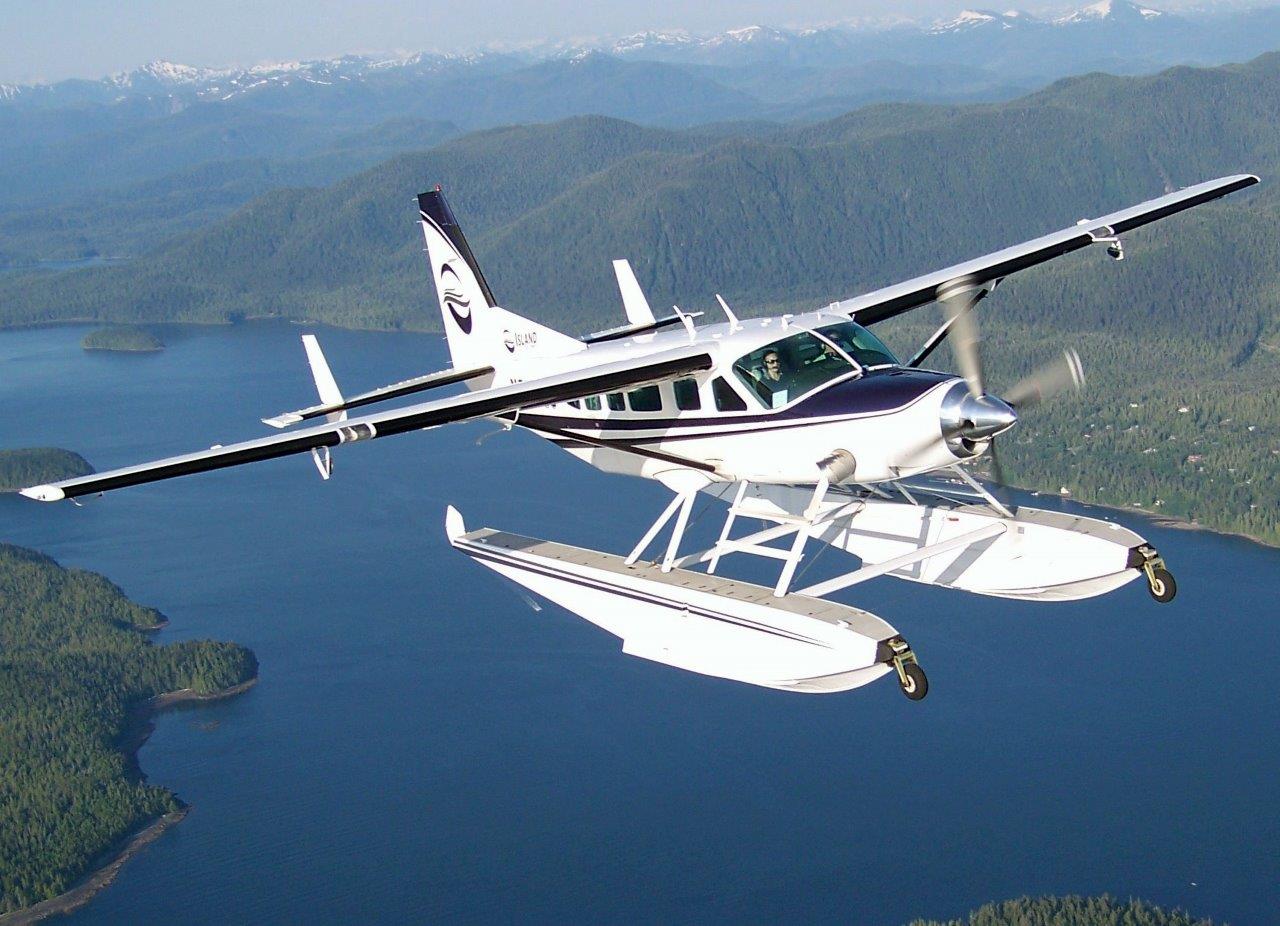
Alaska Adventures
Discover exciting tours and activities near Prince of Wales Island, Alaska. Find links to fishing, hiking, wildlife tours, and more. Plan your adventure today!
+View Details
Whale
Watching



Discover exciting tours and activities near Prince of Wales Island, Alaska. Find links to fishing, hiking, wildlife tours, and more. Plan your adventure today!
+View Details
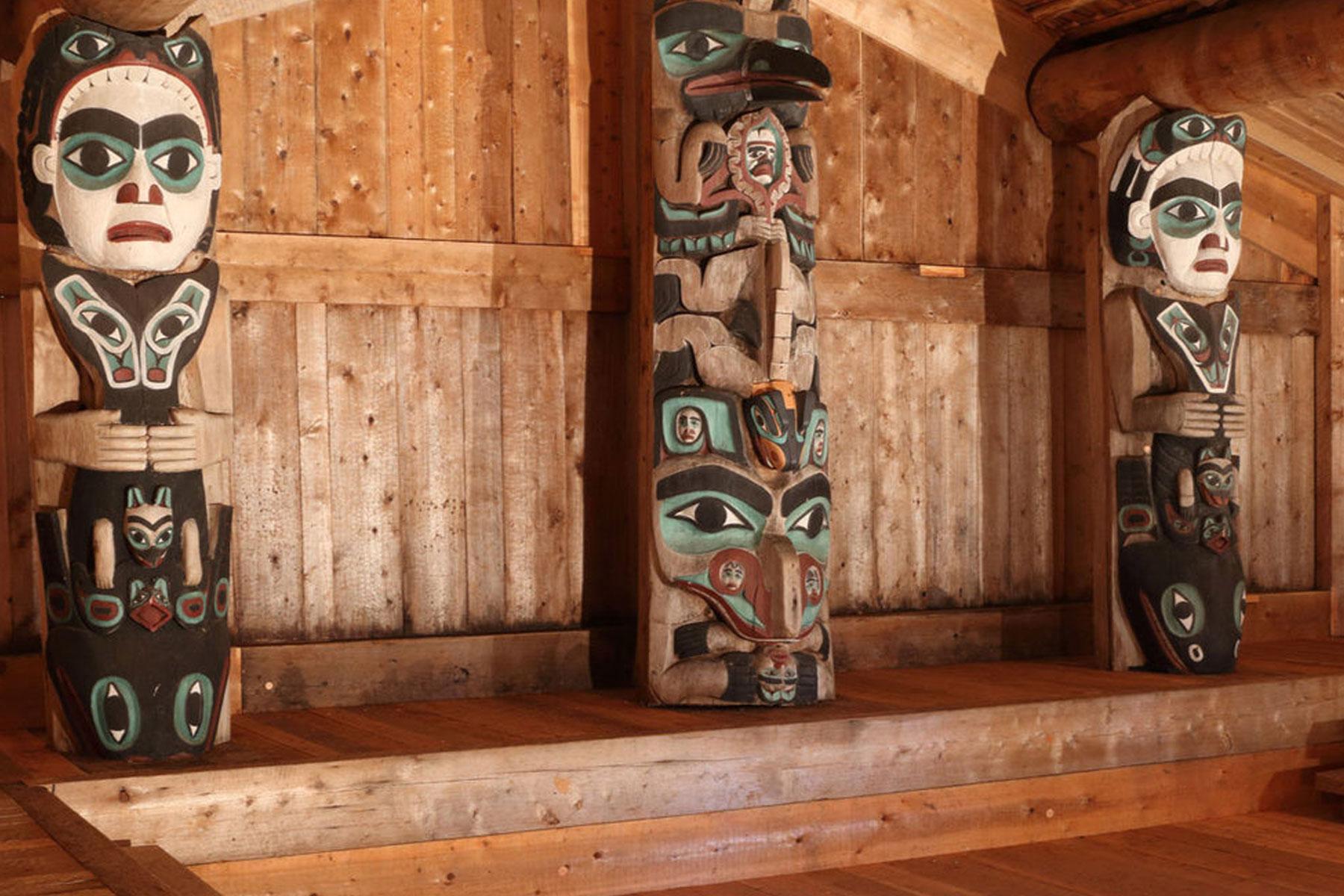
Explore Toem Village tours in Kasaan on Prince of Wales Island. Discover rich Haida culture, historic totems, and scenic beauty. Book your tour today!
+View Details

Go for a nature walk on Prince of Wales Island, Alaska. Discover scenic trails, wildlife, and stunning landscapes. Perfect for outdoor enthusiasts!
+View Details
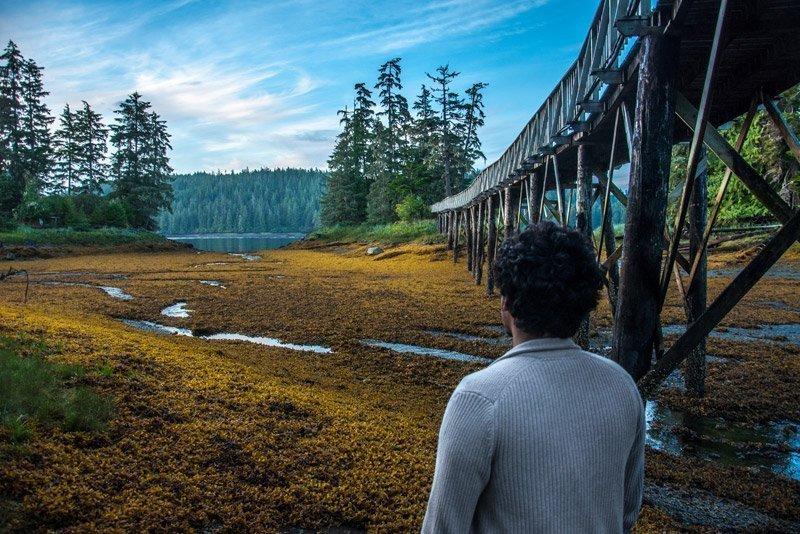
Discover beach activities in Southeast Alaska. Enjoy beachcombing, tidepooling, and picnicking along stunning coastlines. Perfect for family fun and adventure!
+View Details
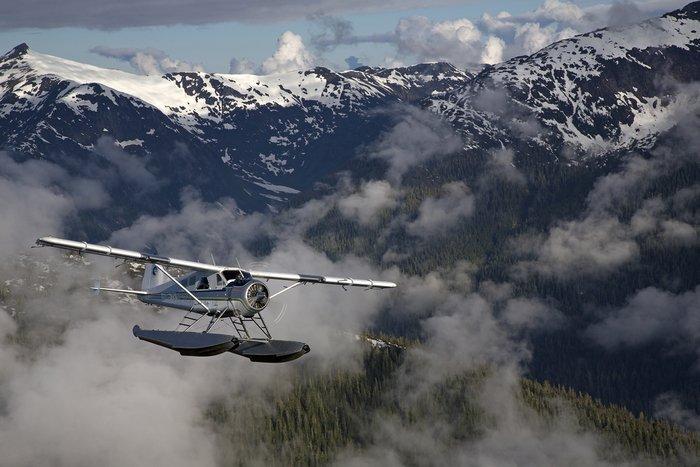
Experience Misty Fjords flightseeing tours in Alaska. Soar over stunning landscapes, dramatic cliffs, and pristine wilderness. Book your flight today!
+View Details
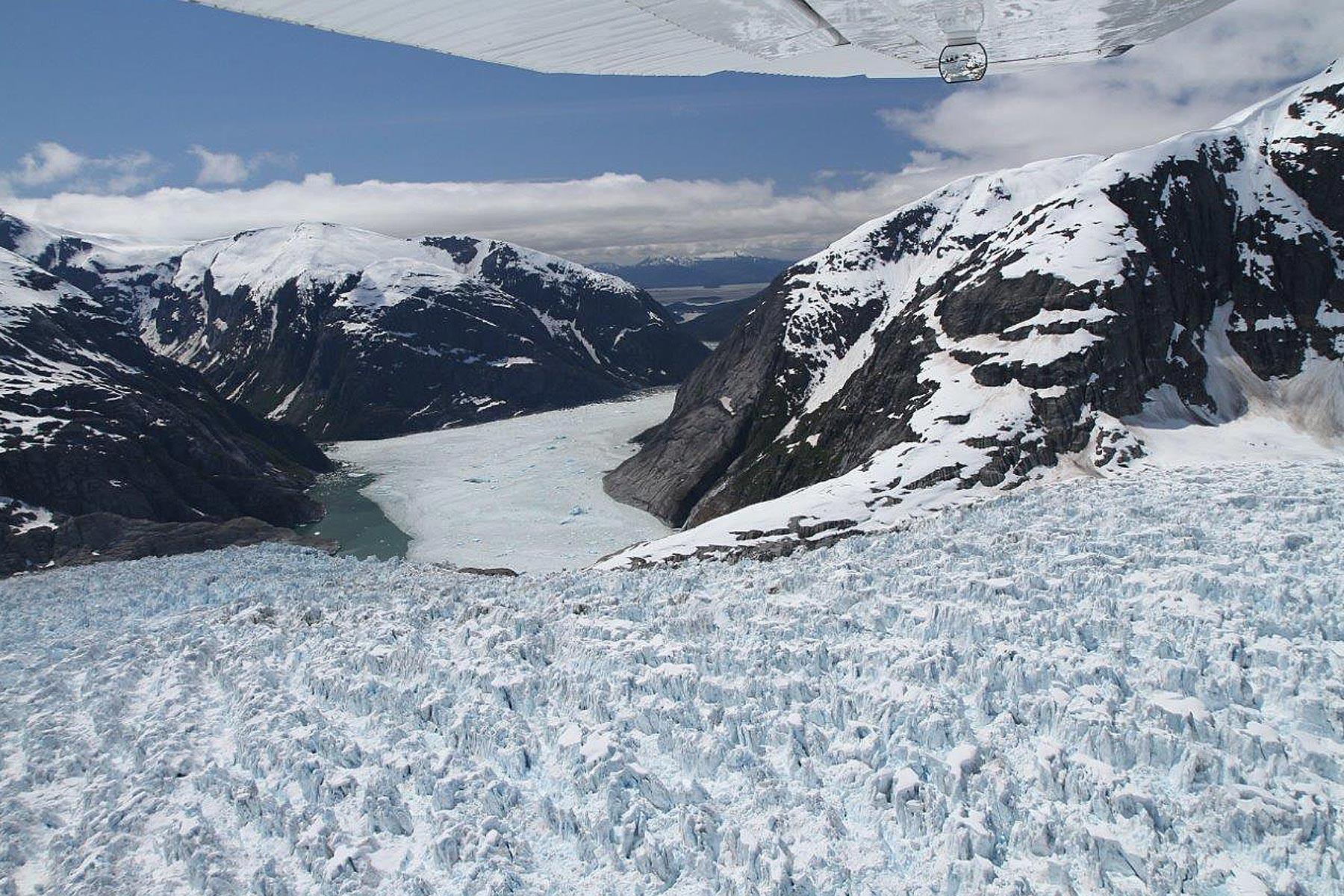
Alaska glacier tours offer breathtaking ice formations, stunning views, and guided adventures. Witness the beauty of Alaska's glaciers firsthand!
+View Details
Whale watching in Alaska offers a unique chance to connect with nature's beauty. Explore vibrant marine ecosystems and encounter magnificent creatures like humpback whales, orcas, and minke whales, as Alaska’s waters reveal a world teeming with wildlife and hidden wonders.

Prince of Wales Island offers an unparalleled connection to nature with its largely untouched and undeveloped landscape. Beyond a few small towns, the land is preserved for future generations, providing opportunities to observe wildlife like bears and birds in their natural habitats.
The island’s 990 miles of coastline also support diverse marine life, with bays, inlets, and hidden coves enhancing its rich ecosystems. While these secluded spots may be difficult for humans to access, marine animals have thrived here for centuries, making this part of Southeast Alaska a prime destination for wildlife and nature enthusiasts.
One of the best features about Prince of Wales Island is how close it brings you to nature. With the exception of a few small towns, most of the land here is untouched, undeveloped, and preserved for future generations. This means that if you want to see everything from bears to birds in their natural habitat, this is the place to do it.
Of course, all that wild beauty isn’t just reserved to the land. With 990 miles of coastline around the island, we’re also known for our incredible marine life. In addition to the open ocean, this part of Southeast Alaska is dotted with bays, inlets, and hidden coves. These aren’t always easy for humans to find, but marine animals have been making use of them for centuries.
Embarking on a whale watching journey in Alaska offers an unparalleled opportunity to connect with the majestic beauty of nature. From the serene shores of Prince of Wales Island to the vibrant marine ecosystems of Southeast Alaska, this adventure promises encounters with the ocean's most magnificent creatures.
Whether you're marveling at the grace of humpback whales, the majesty of orcas, or the elusive charm of minke whales, Alaska's waters invite you to a world where wildlife thrives and every horizon whispers tales of the deep.
The prime season for whale watching around Prince of Wales Island spans from April through September. This period marks a time when the surrounding waters, rich in marine biodiversity, become alive with the presence of humpback whales and orcas.
As the warmth of summer spreads across the region, June and July emerge as the best months to witness humpback whales in their full glory. The waters near Prince of Wales Island become a playground for these gentle giants, where their feeding dances and breaches provide a mesmerizing display for onlookers. This time also welcomes orcas, known for their striking appearance and hunting prowess.
Though minke and beluga whales are more elusive, their occasional appearances during these months are like hidden gems for whale watchers, making every trip to Prince of Wales Island an opportunity for unique sightings.
Alaska is home to some of the world's most spectacular whale watching spots, each offering a unique glimpse into the life of these magnificent marine creatures.With its extensive coastline, Prince of Wales Island provides an intimate setting for observing whales in their natural habitat, away from the crowds.
The surrounding waters, particularly those near Icy Strait and Glacier Bay, are teeming with humpback whales, orcas, and gray whales, making it an ideal location for those seeking a more secluded and personal whale watching experience.
The untouched, wild beauty of the island, combined with the chance to see a variety of wildlife, only adds to the whale watching adventure, offering an unmatched nature experience.
Sea lions, harbor seals, dolphins, porpoises, and sea otters also make the waters around Prince of Wales Island their playground. And a playground is exactly what it is—don’t be surprised to find these animals playing peek-a-boo and other games with you. Because both visitors and residents here tend to be very respectful of the wildlife, they’re rarely afraid to come close to say hello.
Whether you're exploring the quiet coves by kayak or joining a guided marine tour, Prince of Wales Island offers a unique setting for connecting with the awe-inspiring marine life of Southeast Alaska.
Alaska's icy waters are a sanctuary for a wide range of whale species, each with its own unique characteristics and behaviors. In the following section, we'll dive deeper into the fascinating world of Alaska's marine giants, exploring the distinct traits and habits of humpback whales, orcas, gray whales, beluga whales, and minke whales that grace these northern seas.
Of everything to see on your marine life adventure, the humpback whales are unquestionably the biggest draw. They’ll often breach the water right next to our boats, making it easy—and sometimes damp! —to get a close look at their activities.
Humpback whales, with their massive size and distinctive appearance, are among the most majestic creatures of the marine world. These whales can be easily recognized by their enormous pectoral fins, which can span up to a third of their body length, and their knobbly heads adorned with tubercles. The unique patterns on their tails, like fingerprints, make each whale identifiable to researchers and enthusiasts alike.
Their song, a complex and beautiful sequence of moans, howls, and cries, adds to their mystique, resonating through the waters and captivating those who hear it. This combination of physical grandeur contributes to the humpback whale's reputation as a symbol of the wild beauty of places like Glacier Bay and Icy Strait, drawing visitors from around the world to experience the thrill of watching these magnificent animals in their natural setting.
Whether seen from the deck of a boat on a Juneau whale watching tour or from the shores of Prince of Wales Island, the sight of a humpback whale is an unforgettable reminder of the wonders that lie in Alaska's icy waters.
Gray whales are known for their long migrations, which bring them close to the Alaskan coastline, delighting whale watchers. These whales have a distinct mottled gray appearance, marked by patches and scars from parasites and other sea life that attach to their skin over their lifetime, giving each whale a unique pattern. Unlike the acrobatic humpback whales, gray whales are often appreciated for their more serene presence, gracefully gliding just beneath the water's surface, occasionally surfacing to spout water and breathe, creating a mesmerizing sight for onlookers.
Gray whales are particularly loved for their approachability and curiosity, often coming close to boats and providing spectators with intimate viewing experiences. Their presence adds a special charm to the marine tours around the icy straits and bays of Southeast Alaska.
Watching these gentle giants on their journey through the Kenai Fjords or near the Glacier Bay National Park offers a peaceful yet profound connection to nature, making gray whale sightings a cherished part of the Alaskan whale watching experience.
Orca whales, also known as killer whales, are among the most captivating marine creatures encountered around Prince of Wales Island, Alaska. These striking whales are easily identifiable by their dramatic black and white coloring, with a sleek black back, stark white belly, and distinctive white patches near their eyes. Orcas are admired not only for their bold appearance, but also for their social nature, often seen traveling in tight-knit family groups known as pods, which display complex social behaviors and communication.
The presence of orcas adds an element of excitement to whale watching tours in the region, as they are top predators, known for their intelligence and hunting prowess. Observers love orcas for their playful behavior, which can include breaching, tail-slapping, and spy-hopping, where they vertically poke their heads out of the water to survey their surroundings.
The waters around Southeast Alaska, including the areas near Glacier Bay and Icy Strait Point, provide prime opportunities to witness these magnificent animals in their natural habitat, contributing to the unforgettable experience of Alaskan whale watching adventures.
Seeing an orca in the wild, with the stunning backdrop of Alaska's rugged coastline, is a thrilling and cherished moment that highlights the diversity and beauty of marine life in this pristine part of the world.
Beluga whales, with their distinctive all-white appearance and friendly, expressive faces, are among the most unique marine animals found in the waters near Prince of Wales Island, Alaska. These smaller, more elusive whales are known for their bulbous foreheads, called "melons," which are capable of changing shape as they produce sounds. Belugas are incredibly social creatures, often traveling in groups and communicating through a wide range of clicks, whistles, and clangs, earning them the nickname "canaries of the sea."
Their playful nature and curiosity about boats and humans make beluga sightings a special treat for whale watchers in Southeast Alaska. Although less common than humpback or orca whales, the chance to see these gentle whales in the wild adds an element of surprise and delight to the whale watching experience.
The pristine waters around areas like Glacier Bay and the Kenai Fjords provide a serene backdrop for the rare occasions when belugas make an appearance, making every sighting a memorable part of the adventure in Alaska's majestic marine landscape.
Minke whales, the smallest of the whales commonly seen in Alaskan waters, offer a subtle yet delightful aspect to the whale watching experience around Prince of Wales Island. These sleek whales have a dark gray to black color on their back and a lighter underside, with a pointed snout and a long, slender body that gracefully cuts through the water. Minke whales are known for their elusive nature, often surfacing briefly and unpredictably, which adds a sense of mystery and excitement to spotting them.
Whale enthusiasts appreciate minke whales for how challenging they are to spot, and the reward of witnessing their understated beauty. Their presence in the waters of Southeast Alaska, including the nutrient-rich environments of Icy Strait and the areas near Glacier Bay National Park, adds to the diversity of marine life that makes Alaska a premier destination for whale watching.
Encountering a minke whale, with its swift, fleeting appearances, provides a unique and intimate glimpse into the life of one of the ocean's more secretive inhabitants, making every sighting a cherished moment for visitors to this wild and beautiful region.
Just as we take our fishing excursions seriously, so too do we pull out all the stops for your marine life adventure. Climb aboard one of our comfortable, 28-foot cabin cruisers for your maritime adventure, with comfortable seating for four. Our U.S. Coast Guard certified skippers have been living and breathing this area for years. Not only do they know just where to look to find the best concentrations of whales, seals, and sea lions, but they’re knowledgeable about all the geography and bird life that will set the background for your tour.
When preparing for a whale watching adventure in Alaska, especially around the cooler and often unpredictable climate of Prince of Wales Island, dressing in layers is key. Southeast Alaska weather can change rapidly, so it's important to wear warm, waterproof clothing to stay comfortable and dry. Start with a base layer of thermal wear to keep you warm, followed by a fleece or wool sweater for insulation. The outer layer should be a waterproof and windproof jacket, as sea spray and sudden rain showers are common. Don't forget waterproof pants to keep your legs dry, especially on smaller boats where you might get closer to the water's surface.
Footwear is equally important; choose waterproof boots with a good grip to keep your feet dry and prevent slipping on wet decks. Accessories like warm hats, gloves, and scarves will protect you from the chill, especially when you're watching from the open deck. Sunglasses are a must to reduce the glare from the water, and binoculars will improve your viewing experience, allowing you to spot whales from a distance. Remember, the key to enjoying your whale watching experience in Alaska's majestic waters is staying warm, dry, and comfortable, so you can focus on the breathtaking sights of marine life around Prince of Wales Island.
For an unforgettable Alaska whale watching experience, especially around the enchanting waters of Prince of Wales Island, packing the right items can make or break your adventure. Along with essential clothing for the Alaskan climate, a camera is a must-have on your packing list. Even if you're new to photography, the stunning 360-degree views and the frequent appearances of majestic wildlife like humpback whales, orcas, and gray whales provide ample opportunities to capture images that truly encapsulate the essence of Alaska's natural beauty. Each moment, from the dramatic breaches of humpback whales near Glacier Bay to the serene glides of minke whales in Icy Strait, offers a chance to snap a photo that speaks volumes of your experience.
In addition to your camera, consider bringing binoculars for a closer look at distant marine life, a waterproof bag to keep your electronics safe, and sunscreen to protect against the surprisingly strong Alaskan sun. Don't forget a detailed map or guidebook of the area, which can help you understand the wildlife and geography you're witnessing.
By packing thoughtfully for your whale watching trip, you're setting the stage for a truly immersive experience in the stunning marine landscape of Alaska.
Whale watching in Alaska, particularly around the breathtaking landscapes of Prince of Wales Island and the surrounding Southeast Alaska regions like Glacier Bay, Icy Strait, and Kenai Fjords, offer more than just the chance to see the magnificent whales. It's an opportunity to immerse yourself in the stunning natural beauty and tranquility of Alaska's marine environment. Even on days when the whales decide to stay hidden, the scenery—from the rugged coastline to the towering glaciers—provides a spectacular backdrop that is worth the journey.
For a comfortable and memorable experience, consider booking your stay at Alaska's Boardwalk Lodge—an Orvis endorsed lodge—where you can enjoy a Marine Life Adventure tailored to your interests. With Boardwalk's own fleet of boats, arranging these tours is seamless. Just remember to mention your interest in this excursion when making your reservation so we can make sure everything is ready for your adventure.
Embrace the opportunity to relax and embark on a carefree journey, offering a once-in-a-lifetime chance to witness the best of Alaska. From the excitement of a humpback whale breaching the surface to the serene beauty of Alaska's landscapes, your adventure will be filled with diverse and unforgettable moments that will linger long after your return home.





